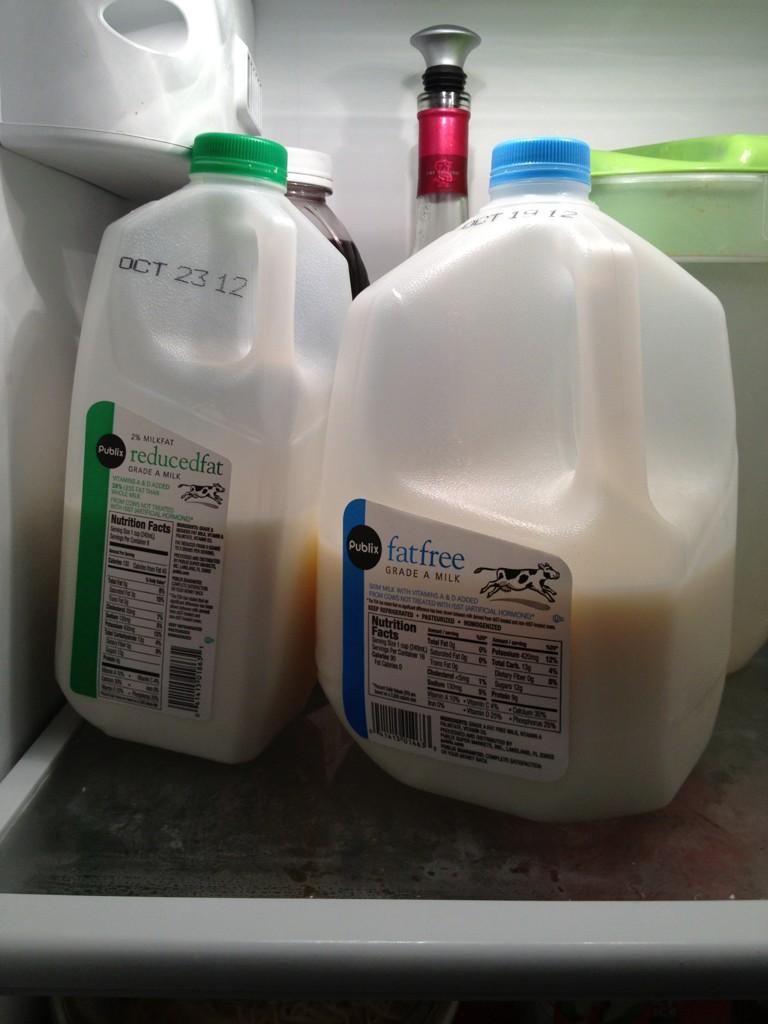Well, ol' Flat Aggie must have had a really good time because he sent his cousin (also named Flat Aggie) to pay us a visit last week. So I took my new friend along with me to milk cows and plant ryegrass seed.
Our day started at 3:00am in the milking barn. Flat Aggie was able to get a close-up view of the action. He watched as we cleaned each cow's udder and then attached the milking machines. We milked 172 cows that morning and finished at 6:30am.
Once we finished breakfast, Flat Aggie and I poured ryegrass seed into a type of planter known as a grain drill. Ryegrass grows during the cooler months of the year and makes great cow food!
We spent all morning planting the ryegrass seed into hay fields. In late spring, I will harvest the ryegrass and feed it to my milk cows.
Once the afternoon rolled around, it was time to milk the cows again. Flat Aggie found a good spot to sit back and enjoy watching all of the action.
Flat Aggie even took the time to chat with one of our dairy cows before the day was finished.
I really enjoyed having Flat Aggie spend time with me, and I think he learned a little bit about life on an Alabama dairy farm. He said the kids back in California would be eager to hear about his visit, and that he was going to make a point of teaching them how to sing "Have a Dairy, Merry Christmas" once he returned to them.
"But before I go home," said Flat Aggie, "I want to go on another farm adventure or two."
And with that, we shook hands and Flat Aggie headed toward North Dakota.






















